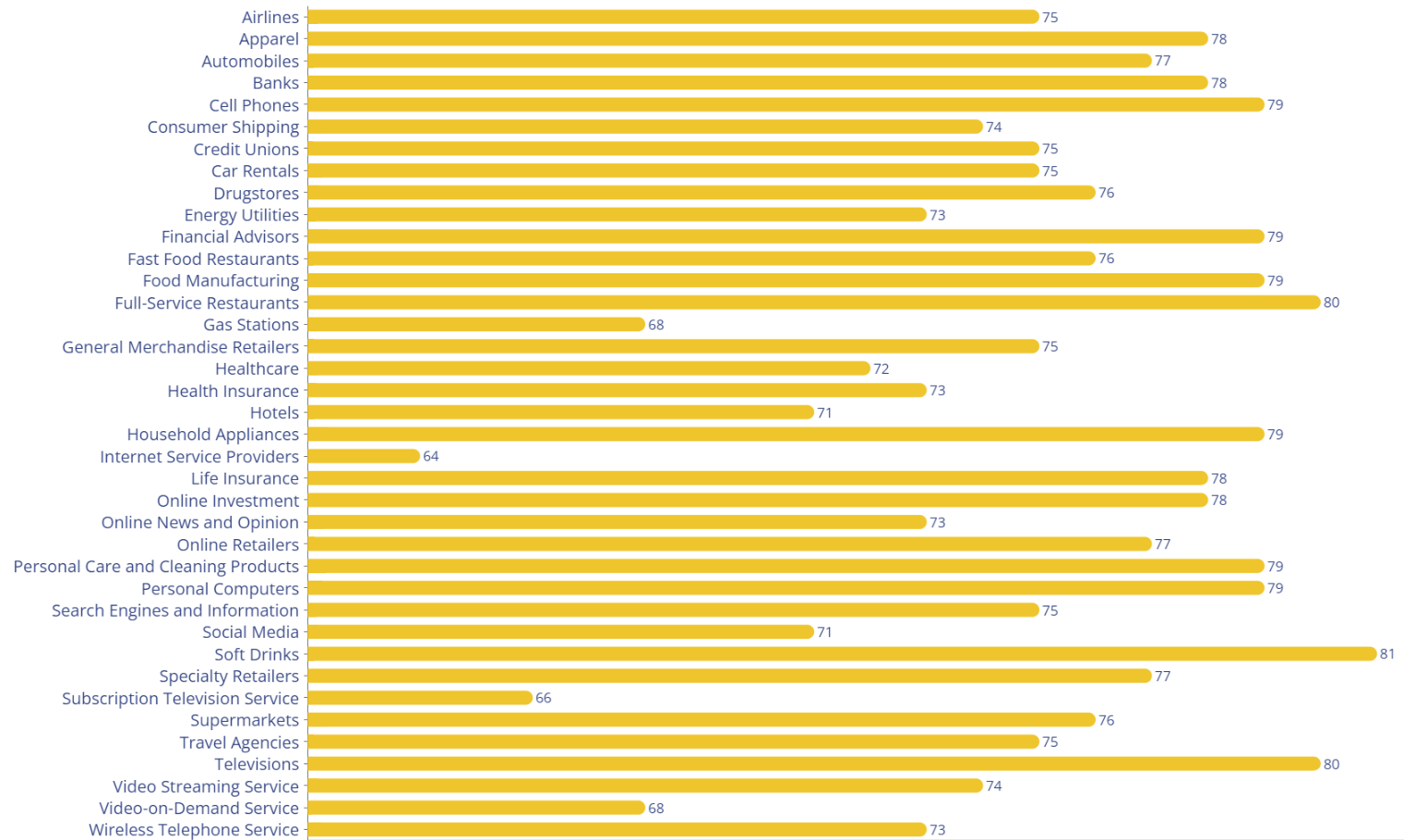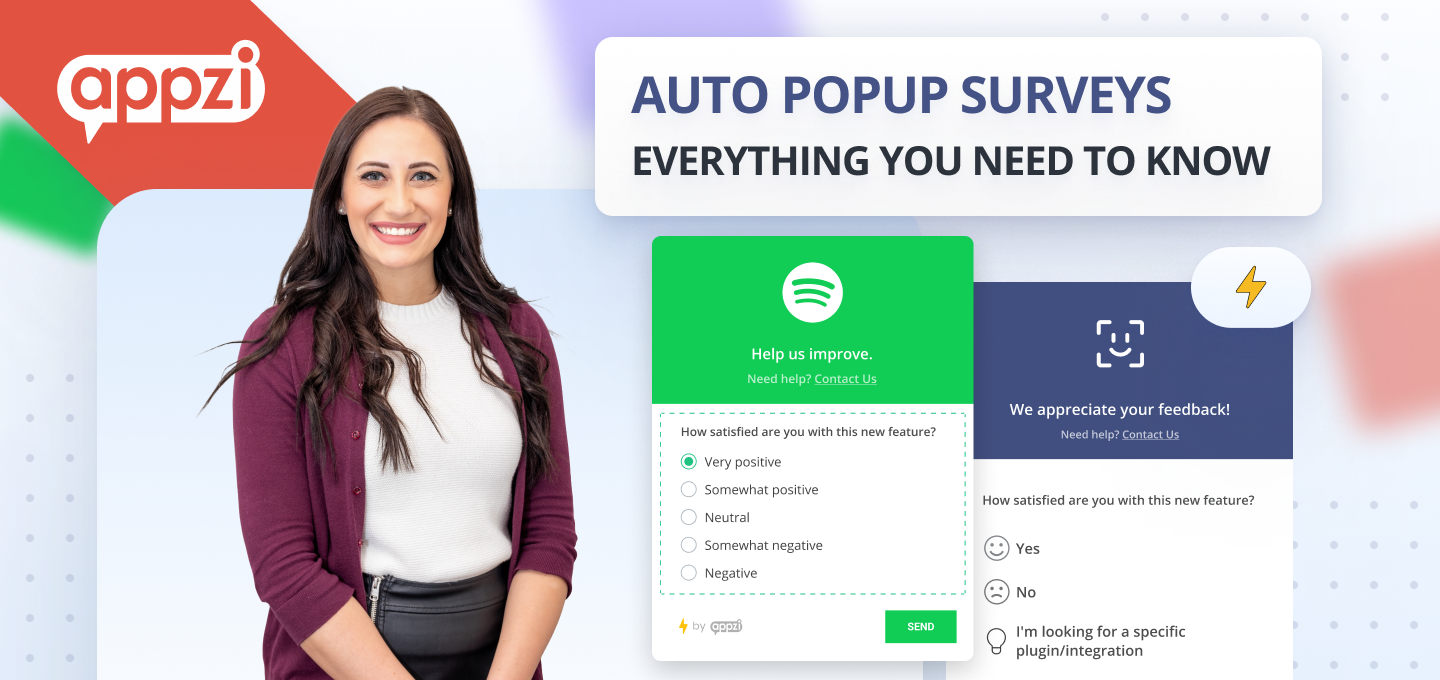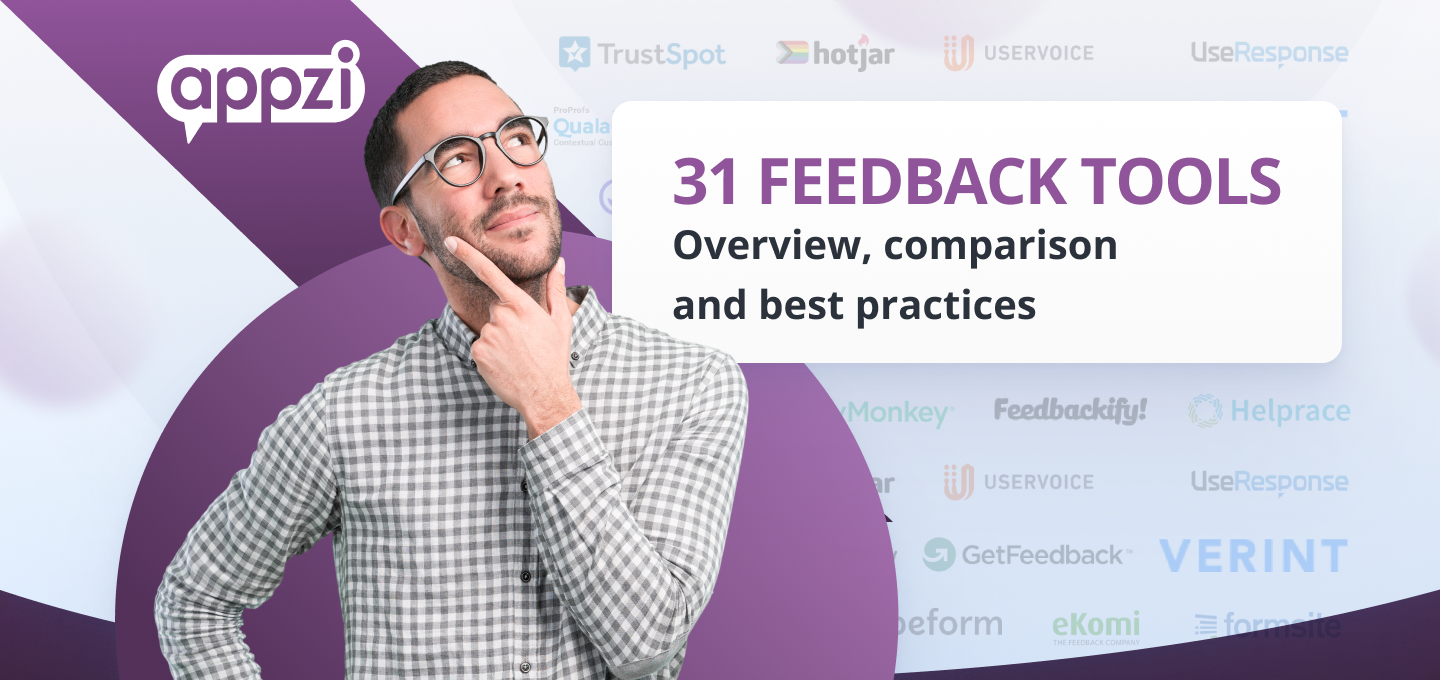CSAT is short for customer satisfaction score. It’s a commonly used metric that acts as a key performance indicator for customer service and product quality in all kinds of businesses. While customer satisfaction as an idea is a general one, CSAT is a more defined metric that’s expressed as a percentage. 100% would be fantastic and 0% would be terrible.
Pros and Cons of using CSAT
PROS
- Direct feedback from customers – CSAT surveys allow businesses to gather direct feedback from customers about their experiences and level of satisfaction. This can help organizations identify areas for improvement and make necessary changes.
- Tracking performance over time – CSAT surveys can be used to track changes in customer satisfaction over time. This allows businesses to see the impact of changes they have made and make adjustments as needed.
- Comparing performance to industry benchmarks – CSAT scores can be compared to industry benchmarks to see how an organization’s performance compares to others in the same industry.
- Identifying customer needs and preferences – CSAT survey can be used to understand which products or services customers value the most, and which they would like to see improved.
And
Not least, customizable simple questions!
CONS
- Interpretation of “satisfaction” can vary from person to person
- Only offers insight on the latest touchpoint or interaction
- Unsatisfied customers might not take the time to answer
One of the most significant pros of CSAT is that you can customize the question to match whatever touchpoint you’re curious about. Meaning you can ask specifically about an interaction or purchase or anything else you might be curious about.
Additionally, the simple structure of CSAT means your customers can easily and quickly answer, especially with the help of emojis. You can also cater your surveys to the medium by which you plan to send them.
One of the biggest cons of using a CSAT survey is that the definition of “satisfied” or “dissatisfied” can vary greatly from customer to customer. You also might be missing out on those customers who are dissatisfied, they may not take the time to respond to your survey.
How to calculate a CSAT score?
To calculate the score of a Customer Satisfaction (CSAT) survey you should first determine the total number of responses you received, then identify the number of respondents who answered positively or negatively to the survey question.
In a typical CSAT survey, the question may ask something like “How satisfied were you with our product/service?” and provide response options ranging from “Very Dissatisfied” to “Very Satisfied”.
Calculate the percentage of positive responses by dividing the number of positive responses by the total number of responses and multiplying by 100. For example, if you received 100 responses and 75 respondents answered positively, your CSAT score would be 75%.
CSAT (%) = Total Number of Positive Responses / Total Number of Responses X 100
When using feedback collection tools such as Appzi you usually get comprehensive and interactive charts that also show the over time progression of the CSAT, NPS and other scores.
When and how to use CSAT?
The first thing we need to discuss is the difference between the three major survey types – CSAT, NPS, and CES.
All three help establish how satisfied customers are with your product or service. But these surveys also work differently and require a different approach to timing them.
- CSAT (Customer Satisfaction) measures how satisfied the customer is with your product and/or service. CSAT surveys focus on collecting data that helps gather feedback to improve the product, marketing, sales, and more.
- NPS (Net Promoter Score) measures whether customers are satisfied with the product and/or service enough to recommend it to others. The goal of an NPS survey is to determine how many of your customers are likely to drive growth through positive word-of-mouth.
- CES (Customer Effort Score) measures how much effort a customer has to make to get an issue resolved. In other words, this survey type concerns itself primarily with researching how challenging (or easy) it is to interact with your business.
Each survey type gives you different information about your business from the customer’s perspective. And there’s a different ideal time for most and best responses to each type of survey.
In the case of a CSAT survey, the best time is to send it when an experience is fresh in the person’s mind.
Here are some examples of the best times to send CSAT to customers:
- You can send the survey a couple of days after the purchase or signup for initial customer feedback.
- You can show an unobtrusive in-app CSAT survey while customers are using the product. The fact that the person is currently engaged with your product increases the chances of them sharing their feedback about it.
- Similarly, if you want to examine the satisfaction with your support, send the survey right after the live chat, phone call, or a resolved support ticket.
How Often Should You Survey Customers with CSAT?
Over time, as your product evolves and your service gets better; customers’ opinions change. The things they’ve liked in the past might no longer tickle their fancy. The vice versa is also true, you might have improved aspects of your business that customers weren’t too fond of.
And the only way to find out how those changes affect your business and customer satisfaction is by running CSAT surveys regularly.
How regularly? Well, certainly often enough to keep updated with people’s opinions about your product or service, but not too often that the frequency becomes the reason why satisfaction scores fall.
Now, I admit that the above statement might sound too cryptic. So, here are some example scenarios of when you could run CSAT surveys again:
- After each customer service session to evaluate the success of that particular support channel, support representative, and support category.
- After each renewal to know exactly why they decided to stay with you.
- After a major product update (bug removal, new features, etc.) to see what difference it made.
- Follow up with the customer segment every 6-12 months to identify whether your CSAT score has improved.
Quick tips on running a successful CSAT survey
Now, let me be clear about this: Timing isn’t the only factor required to increase the CSAT response rate. So, for the end, let me share with you a couple of tips that will help you improve CSAT survey success:
- Use a good-looking CSAT survey form: Apply your brand colors, ensure it’s mobile-friendly, A/B test different formats (corner widget, modals, banners, email surveys, etc.).
- Ask relevant rating questions: Get answers for different sections of your business with relevant questions. For example, “How would you rate the support you received?” after a support session or “How satisfied are you with our onboarding process?” after someone signs up.
- Consider using in-app and website feedback tools: These tools come in various forms, including pop-up surveys, in-app feedback forms, and website polls. By implementing them, you can capture customer feedback in real-time, as they interact with your product or service.
Why does my CSAT score matter?
Creating an elevated customer experience is not rocket science. Once you’ve got the customer satisfaction scores, you can use them to inform how you create superior customer experiences. Why? Simply because you’ve heard directly from the customers themselves.
Jeff Bezos, when asked about a key aspect of Amazon’s philosophy, said it best: “We are not competitor-obsessed, we are customer-obsessed. We start from the customer, and we work backwards.”
If there are any words your business should live by, these will do quite nicely.
Fun fact: acquiring new customers is a much more expensive endeavor than retaining existing ones. Trying to convince someone to try something new is just fundamentally harder than convincing someone who has already expressed an interest to stick around. An existing customer doesn’t have that mental barrier to diving into the unknown. Best of all, they are familiar with your service. And that’s not all: existing users, if you treat them well, can even be an invaluable source of referral traffic.
What this means is that increasing customer retention and improving your CSAT scores will get you to a level of mastery where your clients do some of the hard work for you. Rather than investing extensively in advertising campaigns, word of mouth from your customers will work as a potent way to invite new users and create strong conversions.
CSAT benchmarks by industry
A CSAT score of 80% is usually tagged as a gold standard for excellent performance, however, it does vary from industry to industry. A good CSAT response rate is anything around 25%, and 50% or higher should be considered an excellent CSAT survey response rate. It all depends on the type, nature and age of your company that decides what score is good to be considered. Comparing your company’s CSAT against your competition, or the industry as a whole is where they’re often most useful.
CSAT benchmarks across several industries according to the American Customer Satisfaction Index (ASCI) for the year 2022:

Closing Thoughts
CSAT surveys are a valuable tool for businesses to understand their customers’ satisfaction levels. By gathering direct feedback from customers, organizations can identify areas for improvement and make necessary changes to enhance the customer experience. Regularly administering CSAT surveys can help businesses track changes in customer satisfaction over time, and compare their performance to industry benchmarks. It is important to understand that CSAT is not the only metric that can be used to gauge customer satisfaction and it’s not a panacea to everything. it has to be used as one part of a larger measurement system, alongside NPS, CES and other methods.


